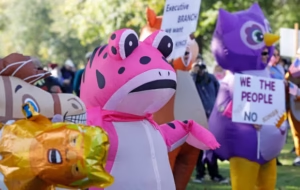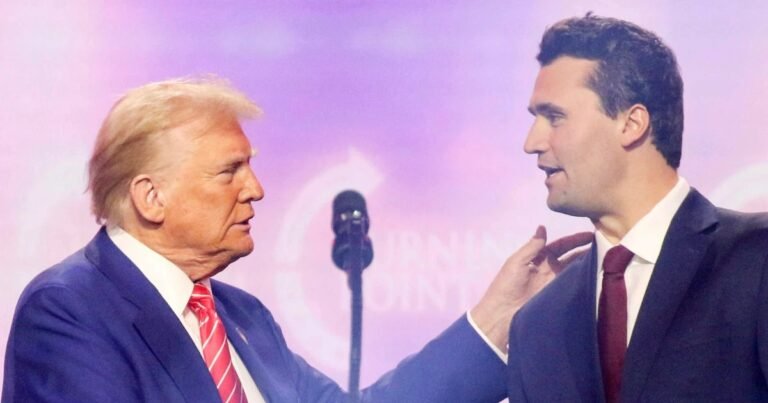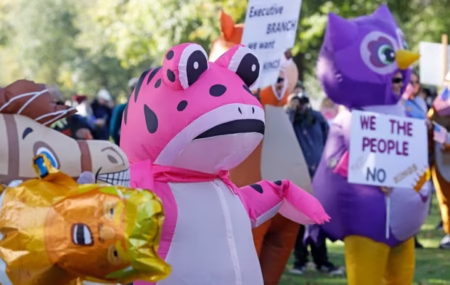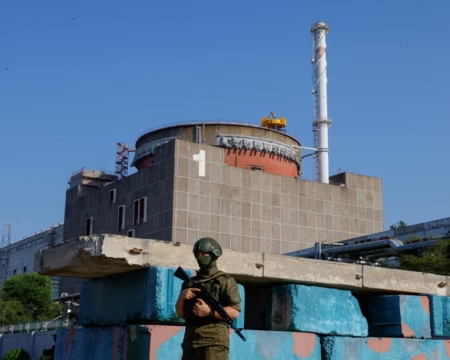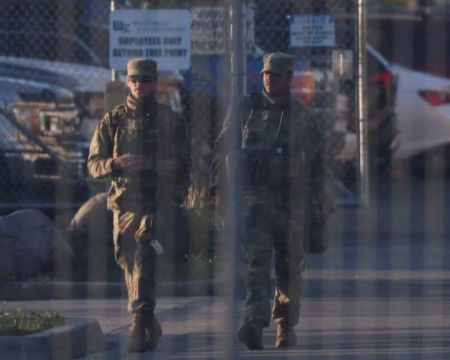After the assassination of conservative activist Charlie Kirk, President Donald Trump released a four-minute Oval Office statement condemning the killing as a “tragic consequence of demonizing those with whom you disagree.” However, rather than calling for national unity, Trump focused exclusively on political violence targeting Republicans or acts he associates with the left.
In his remarks, Trump listed assassination attempts against himself, attacks on Immigration and Customs Enforcement officers, the murder of a healthcare executive in New York, and the congressional baseball shooting that nearly killed Representative Steve Scalise. He attributed these acts directly to the radical left and their rhetoric, while omitting political violence targeting Democrats, such as the Minnesota killings of a Democratic lawmaker and her husband or the January 6 Capitol attack.
Experts said Trump’s comments reflect the sentiments of his conservative base, who feel under threat from left-wing forces. Robert Pape, a political science professor at the University of Chicago, described the speech as embodying “the twin feelings of sorrow and anger” among MAGA supporters, noting that sorrow often fuels retaliatory anger.
Social media quickly amplified these emotions. Several MAGA influencers called for action against the left even before authorities identified a suspect. Some lawmakers echoed Trump’s rhetoric; for instance, Representative Nancy Mace stated, “Democrats own this,” while Representative Thomas Massie urged the president to tone down his language, warning that inflammatory rhetoric can be taken literally by some followers.
The assassination of Charlie Kirk is part of a broader rise in political violence in the United States. Experts cite the concept of “stochastic terrorism,” where repeated dehumanization of political opponents increases the likelihood that an individual will commit violence. James J.F. Forest, a criminology professor at the University of Massachusetts Lowell, said such rhetoric normalizes lethal action against political targets.
Speaker Mike Johnson highlighted the growing threats against members of Congress, which have risen to 14,000 this year from 9,000 previously. These threats affect all parties, underscoring the nation-wide challenge of political extremism.
Data show violent extremism exists across the political spectrum. Forest pointed to far-right attacks in Buffalo and Charleston as examples of ongoing threats, while noting that left-wing violence is generally limited to fringe actors rather than mainstream politicians.
Trump’s reaction mirrors past incidents when he was personally targeted. After a 2024 assassination attempt at a Pennsylvania rally, his allies blamed the left despite no clear political motivation from the attacker. Political analysts warn that focusing blame on one side risks escalating America’s cycle of political violence, turning isolated incidents into wider societal tensions.
Ryan Griffiths, a political science professor at Syracuse University, likened the situation to a dry forest with sparks of violence, cautioning that unchecked rhetoric could ignite further conflict.



